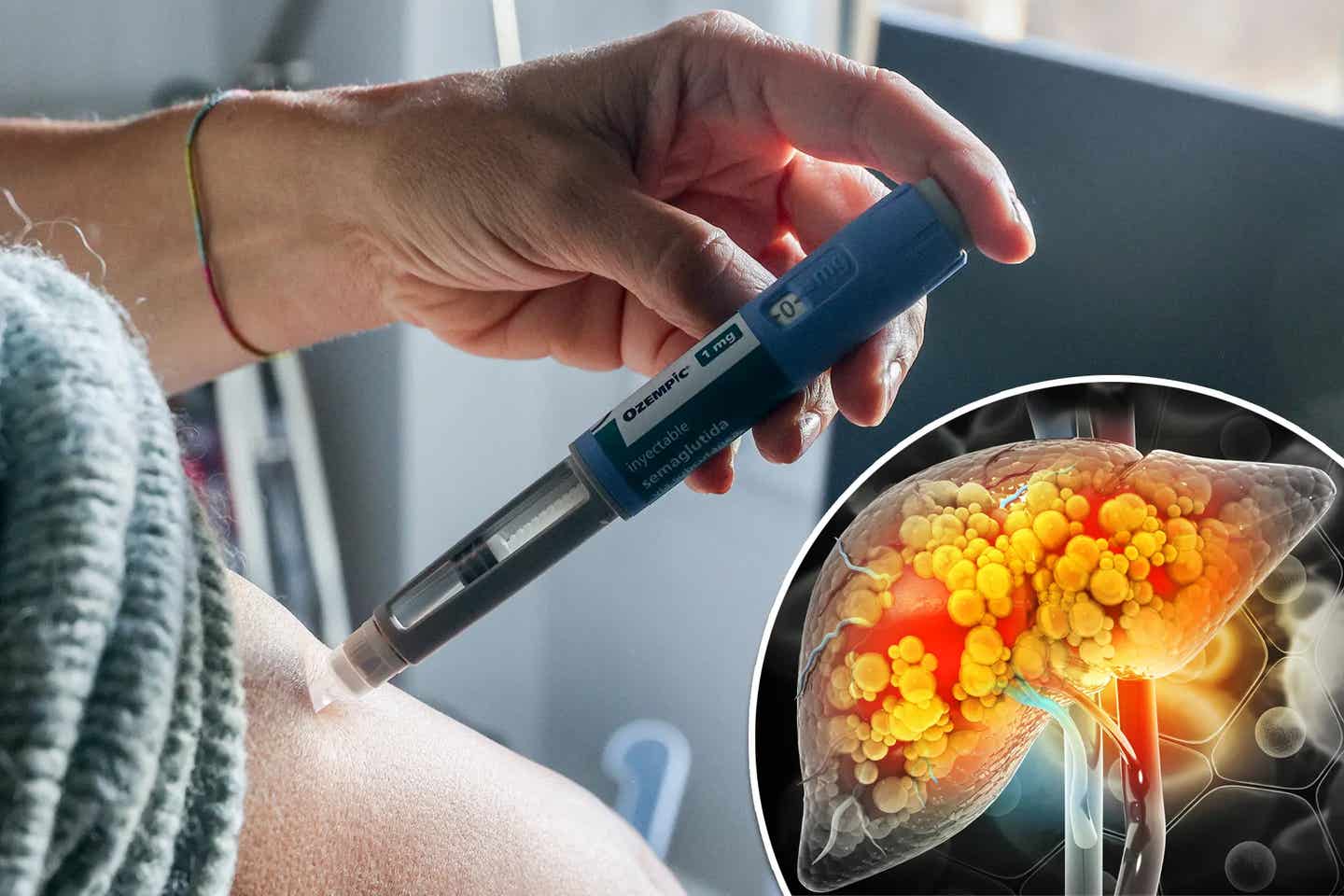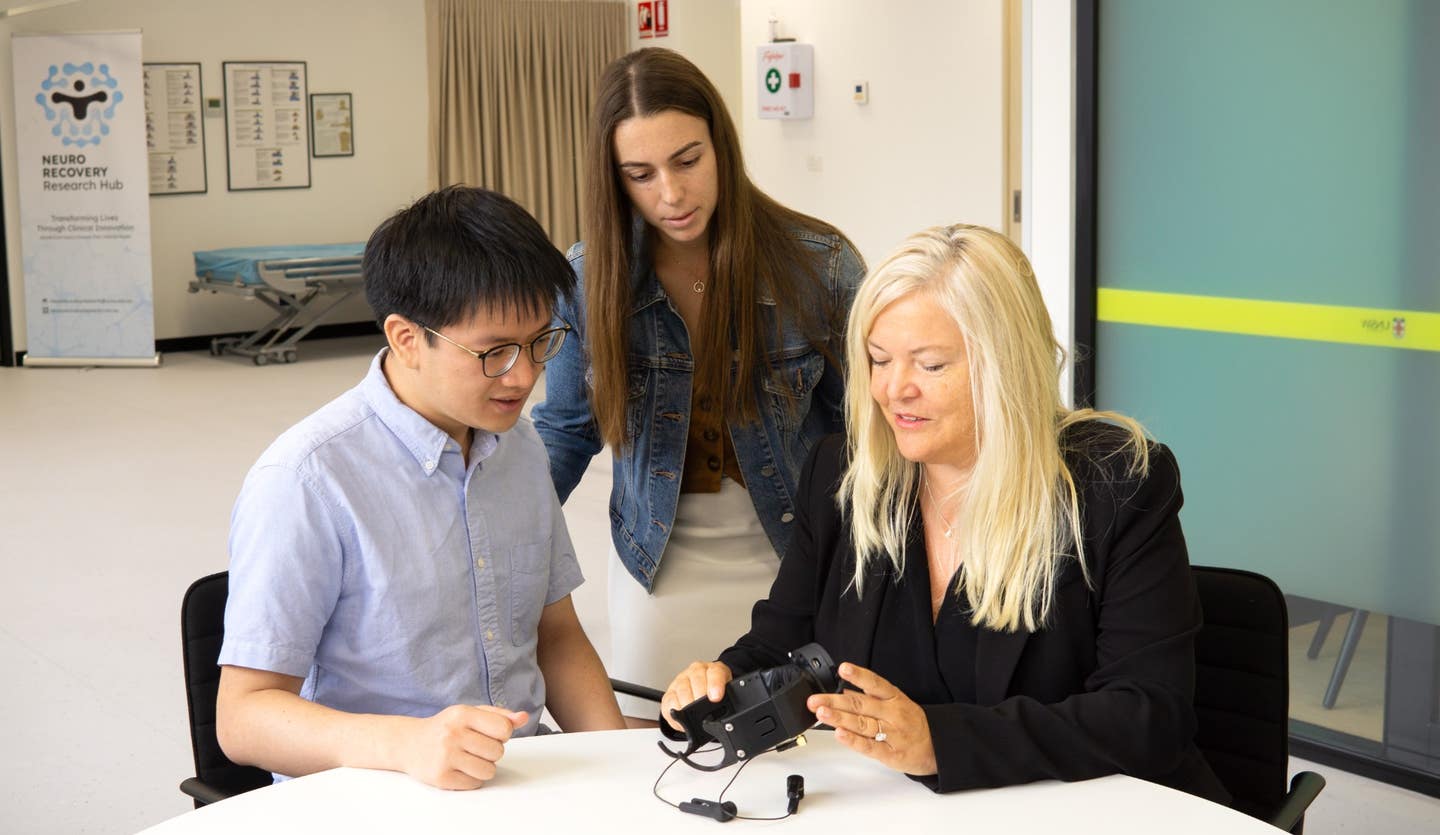Popular diabetes drug could reduce the risk of severe liver disease
Findings indicate that these medications might hold the key to reducing the risk of developing cirrhosis and liver cancer.

Findings indicate that these medications might hold the key to reducing the risk of developing cirrhosis and liver cancer. (CREDIT: Creative Commons)
In a groundbreaking study published in the journal Gut, researchers from the Karolinska Institutet in Sweden have unveiled a potential game-changer in the realm of diabetes management and liver health.
The study suggests that GLP1 agonists, like Ozempic, could offer a newfound hope to individuals grappling with type 2 diabetes and chronic liver disease. Their findings indicate that these medications might hold the key to reducing the risk of developing cirrhosis and liver cancer.
GLP1 agonists, known for their ability to lower blood sugar levels, have long been a stalwart in the treatment of type 2 diabetes. However, their efficacy in other areas of healthcare has recently come to light. These medications not only help manage diabetes but also have the unique side effect of reducing appetite, making them increasingly popular as a weapon in the battle against obesity.
Furthermore, preliminary results from clinical trials had hinted at the possibility of GLP1 agonists playing a role in minimizing liver damage. To investigate this potential further, the research team at Karolinska Institutet embarked on a comprehensive nationwide study. Their goal was to explore whether GLP1 agonists could help mitigate the risk of severe liver damage in individuals living with both chronic liver disease and type 2 diabetes.
Related Stories:
To accomplish this, the researchers gathered data from across Sweden, enrolling all individuals with concurrent chronic liver disease and type 2 diabetes into a register-based study. They then meticulously compared the risk of severe liver damage between those who were treated with GLP1 agonists and those who were not.
Astonishingly, their findings revealed that individuals who adhered to this medication regimen over an extended period were significantly less likely to develop severe forms of liver disease, such as cirrhosis and liver cancer.
Assistant Professor Axel Wester, the first author of the study, expressed his excitement over the findings, stating, “Fatty liver disease is estimated to affect up to one in five people in Sweden, many of whom have type 2 diabetes, and about one in twenty develop severe liver disease. Our findings are interesting because there are currently no approved drugs to reduce this risk.”


Axel Wester and Hannes Hagström. (CREDIT: Göran Ekeberg and Ulf Sirborn)
However, not all individuals in the study continued taking GLP1 agonists, which resulted in a lack of protective effect. Those who remained committed to their medication regimen over a ten-year period demonstrated a staggering 50% reduction in the risk of severe liver disease.
Dr. Wester, aware of the significance of these findings, acknowledged, “The results need to be confirmed in clinical trials, but it will take many years for these studies to be completed. Therefore, we use existing registry data to try to say something about the effect of the drugs before that.”
Inverse- probability weighted risk curves of major adverse liver outcomes comparing initiators of glucagon- like peptide- 1 receptor (GLP1) agonists with non- initiators. (A) intention- to- treat effect, (B) per- protocol effect. (CREDIT: Gut)
Despite the promising results, it's important to note that there are limitations to this study. One limitation is the inability to control for factors for which there is no available data, such as more detailed blood tests to describe the severity of liver disease. However, the researchers have taken proactive steps to address this by creating a new database called HERALD, which provides access to blood samples from patients in the Region Stockholm.
Hannes Hagström, the last author of the study and a consultant in hepatology at the Karolinska University Hospital, emphasized, “As a next step, we will investigate the effect of GLP1 agonists in this database. If we get similar results, it would further strengthen the hypothesis that GLP1 agonists can be used to reduce the risk of severe liver disease.”
Distribution of the probability of initiating a glucagon-like peptide-1 receptor (GLP1) agonist at baseline before and after inverse probability of treatment weighting. (CREDIT: Gut)
The research behind this groundbreaking discovery received funding from Region Stockholm (CIMED), the Swedish Research Council, and the Swedish Cancer Society. It is worth noting that Dr. Hagström's research group has previously received funding from pharmaceutical companies like Astra Zeneca, EchoSens, Gilead, Intercept, MSD, Novo Nordisk, and Pfizer. However, no industry-supported funding was obtained specifically for this study.
GLP1 agonists, with their remarkable potential to reduce the risk of severe liver disease, may well emerge as a vital addition to the arsenal of treatments for these patients. The road ahead may be long, but the journey towards enhancing the quality of life for millions of individuals living with these conditions has taken a significant step forward.
Note: Materials provided above by The Brighter Side of News. Content may be edited for style and length.
Like these kind of feel good stories? Get the Brighter Side of News' newsletter.



